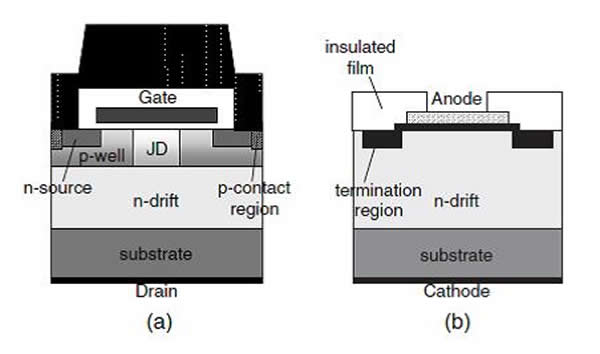SiC gains traction in power electronics
Satoshi Yamakawa and co-workers at Mitsubishi Electric have developed a new power module made from an SiC MOSFET and an SiC Schottky barrier diode. As reported in the Japanese Journal of Applied Physics, the team successfully trialed the module in a train traction inverter – a device used to convert the direct current from the power source to three-phase alternating current suitable for driving the propulsion motors – with promising results.
Next-gen power electronics capable of reducing energy consumption are in high demand, particularly in the transportation industry. A key way of saving energy in electronics is by reducing the losses inherent in switching processes and power conversion. Much attention is now being given to a compound form of silicon and carbon called SiC for electronic components, a material whose properties outperform conventional silicon in terms of thermal conductivity, loss reduction and the ability to withstand high voltages.

For a power module in a traction inverter, low power loss, miniaturisation, high voltage rating and high temperature environmental resistance are required. Yamakawa and his team prepared the SiC MOSFET for the power module by n-type doping the junction field-effect transistor region. This reduced the on-resistance of the device at high temperatures. By combining the SiC MOSFET with an SiC Schottky barrier diode (a diode which allows for fast and efficient switching) the team created a power module for a traction inverter rated at 3.3kV/1,500A.
A new traction inverter system equipped with their power module is stable, highly efficient and reduces switching losses by 55% compared with conventional silicon-based inverters.


